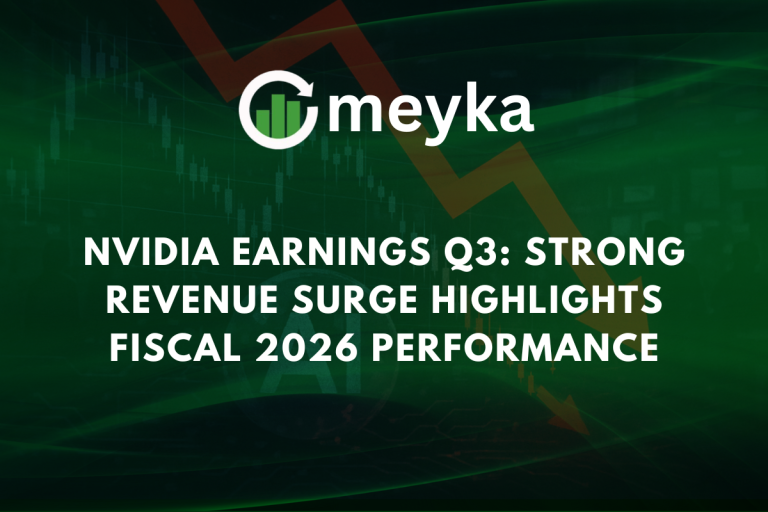Robinhood (7KY) stock vs gold, Which is the better inflation hedge for fast movers?
Inflation erodes purchasing power, making it crucial for investors to seek assets that preserve value. For fast-moving investors, who prioritize liquidity, short-term gains, and adaptability, the choice between Robinhood (7KY) stock and gold as an inflation hedge is significant. While gold has traditionally been seen as a safe haven, Robinhood’s stock performance offers a modern alternative. This article delves into both options, examining their potential as inflation hedges for agile investors.
Understanding Inflation Hedges
An inflation hedge is an investment that maintains or increases its value over time, offsetting the diminishing purchasing power of money. Traditional hedges include commodities like gold, stocks with growth potential, and real estate. Fast-moving investors often require assets that are not only resistant to inflation but also offer high liquidity and the ability to capitalize on short-term market movements.
Robinhood (7KY) Stock Overview
Robinhood Markets Inc. (7KY.SG) is a fintech company that disrupted traditional brokerage models by offering commission-free trading. The company’s stock performance has been volatile, influenced by market trends, regulatory changes, and investor sentiment. In recent times, Robinhood’s stock has shown resilience, with significant gains attributed to its expansion into new markets and product offerings.
For instance, on September 30, 2025, Robinhood’s stock hit an all-time high following reports that the company might expand its prediction offerings outside the U.S. This surge highlights how quickly Robinhood’s stock can respond to market news, making it an appealing choice for investors seeking rapid returns.
Gold as an Inflation Hedge
Gold has historically been a go-to asset for protecting against inflation. In 2025, gold prices have surged to unprecedented levels. As of October 2025, gold prices have risen over 50% year-to-date, reaching record highs above $4,000 per ounce.
This rally is driven by factors such as geopolitical tensions, economic uncertainty, and increased demand from central banks and institutional investors. For example, Bank of America has raised its gold price forecast to $5,000 per ounce by 2026, citing heightened investment demand amid growing economic and geopolitical uncertainty.
Gold’s appeal lies in its status as a tangible asset with intrinsic value, offering a hedge against currency devaluation and economic instability.
Comparative Analysis: Robinhood vs. Gold
| Feature | Robinhood (7KY) Stock | Gold |
| Liquidity | High; traded on major exchanges | High; available through ETFs and physical markets |
| Volatility | High; influenced by market sentiment | Moderate; subject to economic and geopolitical factors |
| Inflation Sensitivity | Moderate; influenced by interest rates and market trends | High; traditionally seen as a hedge against inflation |
| Return Potential | High; potential for significant short-term gains | Moderate; steady long-term appreciation |
| Accessibility | Easy; accessible via trading platforms | Easy; accessible through various investment vehicles |
Investor Suitability
- Robinhood (7KY) Stock: Suitable for fast-moving investors who are comfortable with volatility and seeking short-term gains. Its high liquidity and responsiveness to market news make it ideal for those looking to capitalize on rapid market movements.
- Gold: Suitable for investors seeking a stable, long-term hedge against inflation. Its moderate volatility and historical performance as a safe haven make it appealing for those prioritizing asset preservation over short-term gains.
Conclusion
Both Robinhood (7KY) stock and gold offer unique advantages as inflation hedges. Robinhood’s stock provides the potential for rapid returns, appealing to fast-moving investors. In contrast, gold offers stability and long-term value preservation, making it suitable for those seeking to safeguard their wealth against inflation over time.
For investors in Islamabad, Pakistan, considering these options, it’s essential to assess individual risk tolerance, investment horizon, and market conditions. Diversifying investments across different asset classes can also help mitigate risks and enhance portfolio resilience.
FAQS:
Gold is a popular choice to protect money from inflation. Its value usually rises when prices go up. However, it may not grow as fast as other investments sometimes.
Commodities like gold, silver, oil, and food can protect against inflation. Their prices often rise when money loses value. They give investors a safer option than cash.
Stocks can protect against inflation over time because companies can raise prices. But they can be risky and go up or down fast, so they are not always safe.
Disclaimer:
This content is for informational purposes only and is not financial advice. Always conduct your research.






